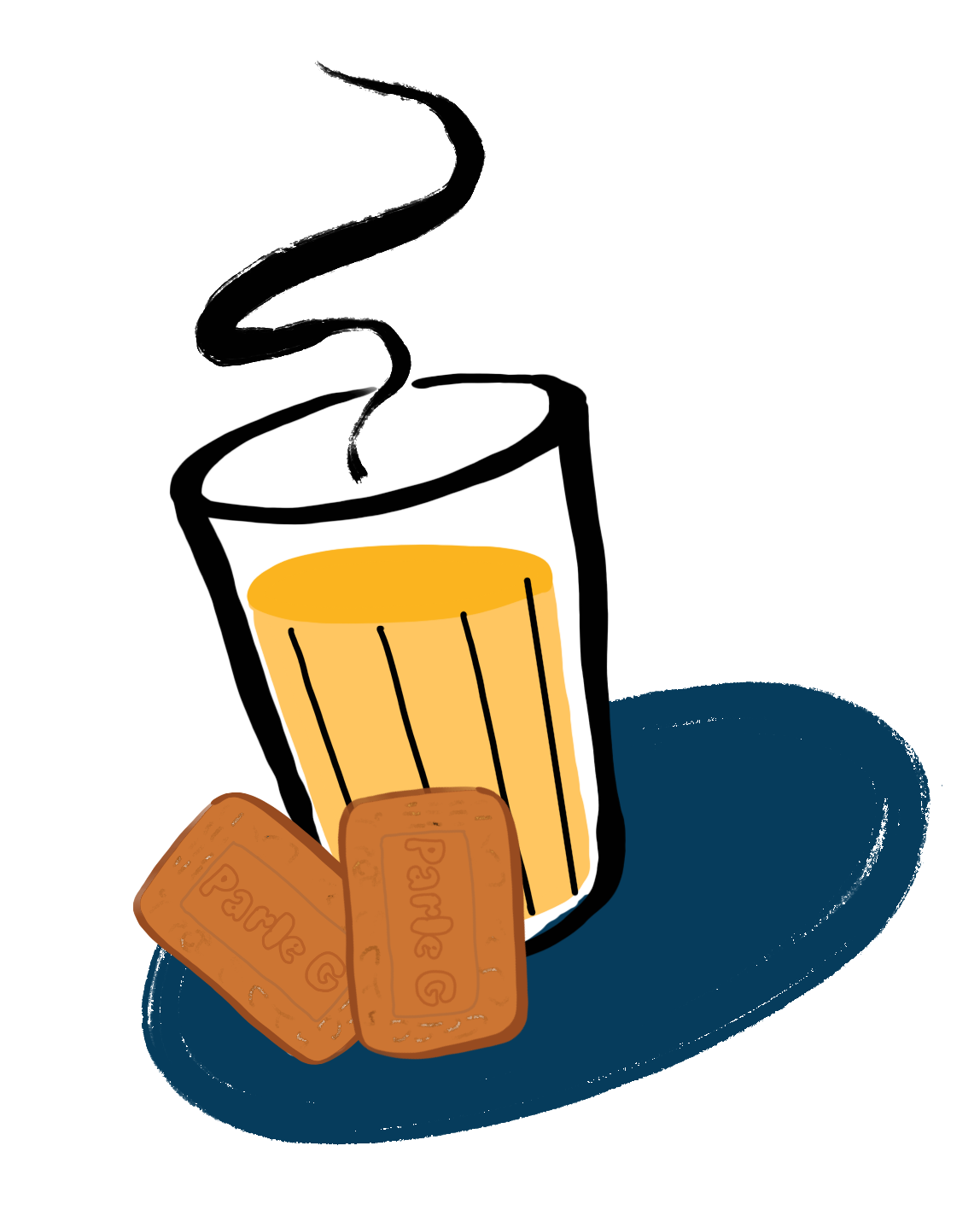During my term at KPMG, I was a Product Management Intern on the Ignition Tax team. The Ignition team focuses on how to improve operations in tax processes by providing innovative and intelligent technologies to tax practitioners. They work closely with teams across the organization to provide in-depth and holistic solutions, from design to post-launch.
I had the opportunity to work on a variety of projects and explore many parts of the product management function, while collaborating with designers, developers, business stakeholders, and users.

Some of my fellow interns and I!
Key accomplishments and learnings
Here are some of my key accomplishments and learnings from the term:
1. Conducting the scoping process for intake of a new business line to expand our product offering
Throughout this process, I worked with another product manager, a designer, and the Go-to-Market team to identify the problem area, understand the technical/business constraints, and narrow down the MVP, proposed pricing models, and timeline.
I was able to determine key questions to ask to develop a better understanding of a business’ problem space, and developed an understanding of when a current solution could be leveraged versus a new solution created.
2. Leading the redesign and development of a new internal Product Portal, and leading usability testing with business users
With the incoming launch of a new version of our flagship product, I worked with the engineering and business teams to collect the necessary requirements, understand the technical constraints and lead the redesign of our new Product Portal. I also worked with our business users to ensure that key tasks were usable, easily accessible, and intuitive.
This was my first time leading a project team on my own with multiple stakeholders involved - being given the opportunity to do this on a smaller project allowed me to develop my communication style, prioritization of requirements, and key metrics for success.
3. Leading in-person, and online trainings after our product launch to users across the country
Since the goal of our product was to improve efficiency of tax practitioners, it was imperative that they were well aware of the tool’s capabilities. To help with this process, I led training sessions both in person and online across Canada to different parts of the organization. I also created release notes, training guides, and videos for internal users to reference.
When it comes to uptake of a new tool/process, its very important to ensure that users are aware of the purpose of the product, how it benefits them to use it, and where they can go to get questions answered. The process of conducting trainings required that I was innately familiar with all of the processes of the tool, and also that I felt comfortable to bring in other experts to answer questions I didn’t know the answer to.
4. Working with developers and QA on user story refinement, understanding technical constraints to make decisions, writing user stories, and testing edge cases to provide signoff
A core part of my role was translating user needs into user stories, prioritizing them based on impact/effort, collaborating with engineers/QA to ensure that they provided the necessary clarity required, understanding technical constraints, and ensuring edge cases were well accounted for.
Throughout this process my biggest takeaway was determining how to collect the necessary information I needed to make decisions by asking the right questions. When making decisions, its important to be aware of how specific factors may lead to different paths and exploring the impact these will have before landing on a choice.
5. Participating in strategy sessions to define product pillars, performance indicators, and connecting them to the business goals
Working in a traditionally business-centric organization, product pillars are there in place to help bridge the gap between business needs, and user needs and inform our team how to best build products which satisfy both. During my term, I worked with the Product team to help define what this looked like for our team, how to implement key performance indicators to measure our success, and how to turn this into a long term plan.
Being at the defining point of a product team was really interesting for me! Understanding the different considerations that have to be taken into account when defining what a good product looks like for a team requires a very in-depth understanding of every stakeholder’s needs and how to blend them together. While I was only on the team during the beginning of this process, being in these conversations allowed me to learn a lot.
SPECIAL THANK YOU
A huge thank you to the entire Ignition Tax team for being such a fun, and encouraging place to work at! I want to specifically thank the Product team - Amrita, Kevin, Cynthia, Harsh, and Ailya - for allowing me to take ownership of so many different ideas, providing mentorship, and allowing me to both grow and safely fail. I had such a great time working with an amazing group of people, and learnt a ton along the way!

L-R: End of term meal, views from the office, on-site presentation, cake!









.svg)


